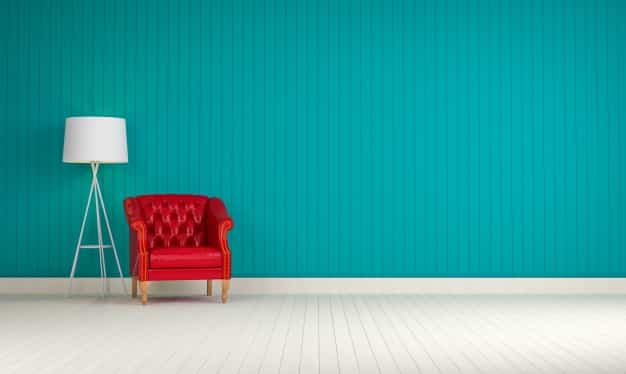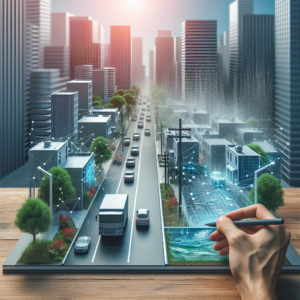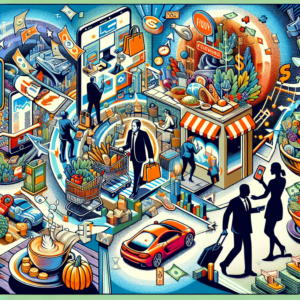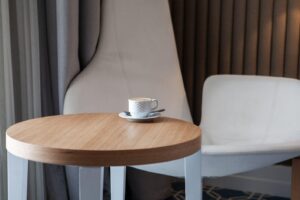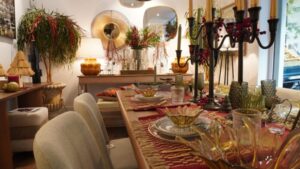In a world where aesthetics and functionality intersect, design has emerged as a fundamental component in multiple sectors, ranging from architecture to product development. Nowadays, both companies and individuals aspire to create spaces and objects that are not only visually appealing but also offer comfort and utility. This paradigm shift has fueled a renewed interest in design in all its forms, highlighting its benefits and the essential elements that support it.
One of the most significant advantages of good design lies in its ability to enhance the user experience. A properly designed product not only fulfills its purpose but also facilitates interaction with it. For example, in the technology field, devices with intuitive and aesthetically pleasing interfaces capture the user’s attention from the first contact, thus creating a more pleasant experience. This approach can lead to increased satisfaction and brand loyalty.
Additionally, design has a considerable influence on sustainability. Contemporary trends promote the use of recyclable materials and manufacturing processes that aim to reduce environmental impact. Companies that adopt a sustainable design approach not only contribute to environmental conservation but also benefit from a positive image, attracting consumers increasingly concerned about their ecological footprint.
Details are undoubtedly crucial aspects in the development of design. Each element carries significant weight and can be decisive in distinguishing between an ordinary product and an exceptional one. From color choices to ergonomics, every decision is vital in the object’s perception and usability. In furniture design, for example, designers must consider not only aesthetics but also how shapes and heights impact user comfort. In the field of graphic design, aspects such as typography, white space, and element organization can have a significant impact on message clarity and visual effect.
There is a growing recognition of the importance of design in daily life. From creating more inclusive and accessible public spaces to developing technological products that prioritize user experience, design is moving towards a future where functionality and beauty coexist in perfect harmony. In this way, the design sector is establishing itself not only as an artistic discipline but as a key element for innovation and social development.
Investing in design is no longer considered an exclusive luxury of large corporations; it has become a necessity for any entrepreneur or professional wishing to stand out in an increasingly competitive and visual market. In this context, having a solid and well-conceived design can be the key to success in today’s landscape.
Referrer: MiMub in Spanish

